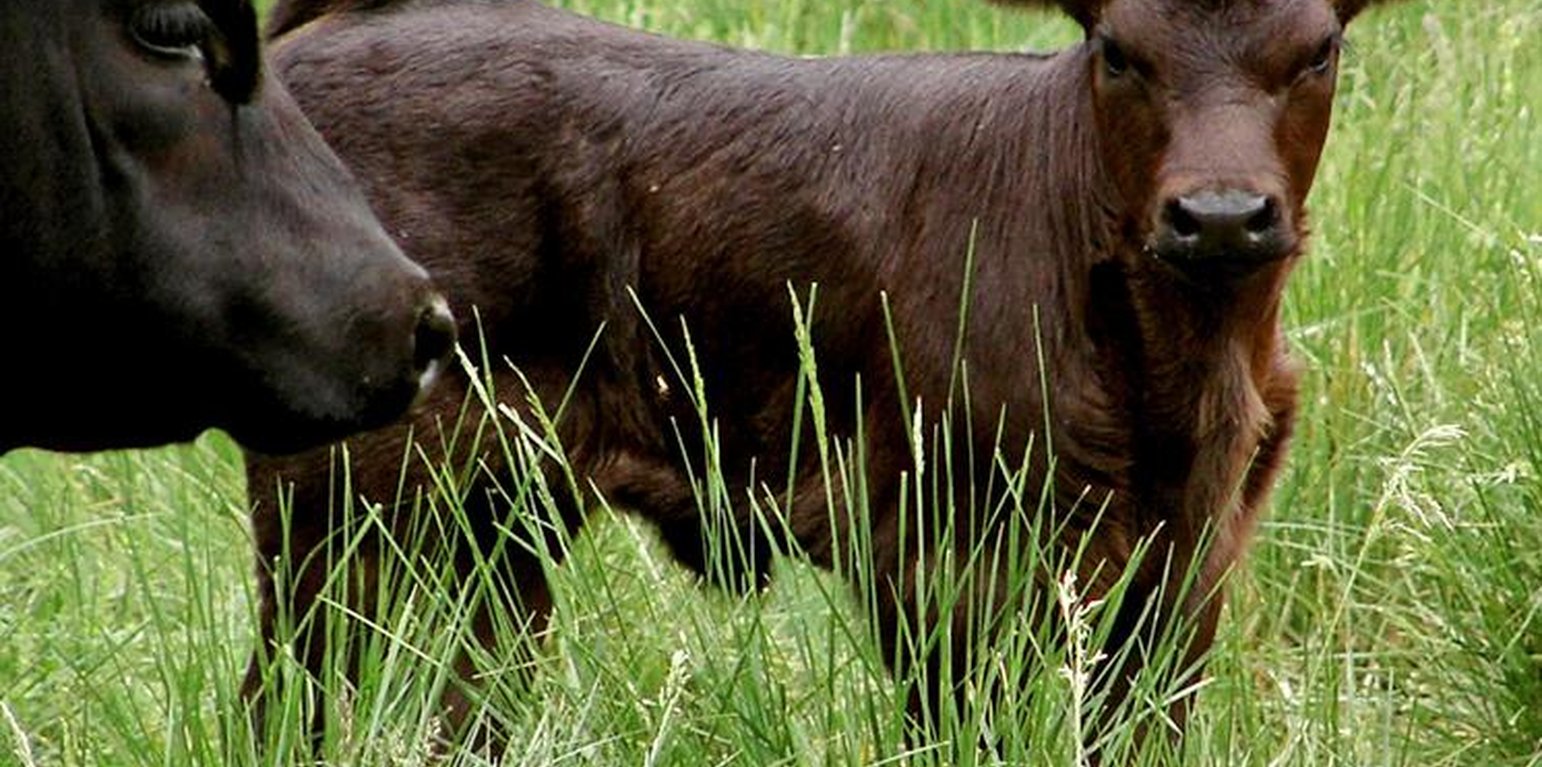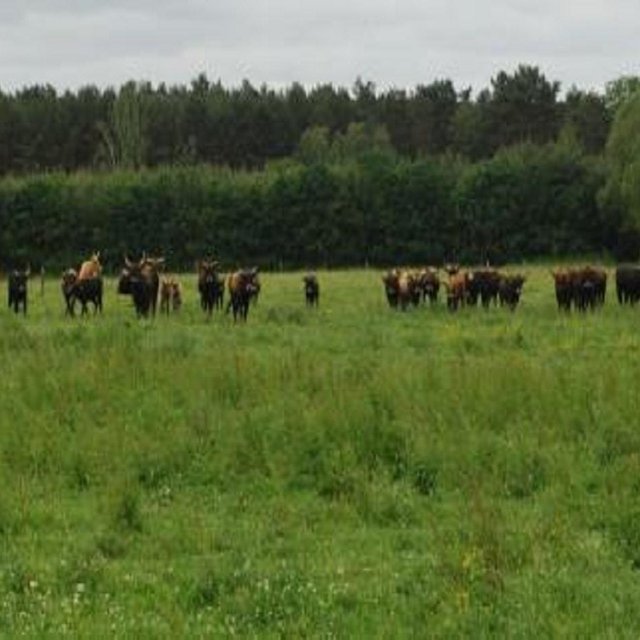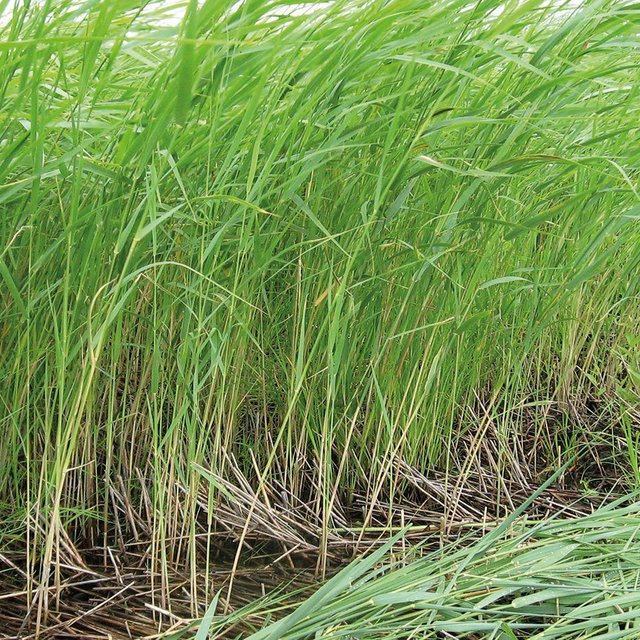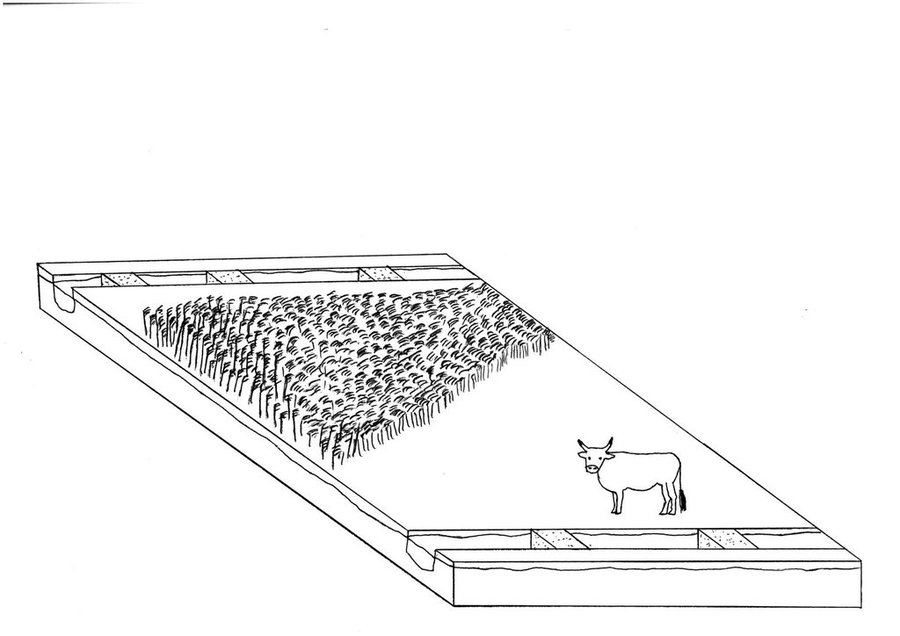



In peat lands, formed over centuries, reducing the ground water level leads to min-eralization: this results in greenhouse gas (GHG) emissions and leaching of dis-solved organic nutrients into adjacent water bodies. Furthermore, drainage leads to the destruction of highly specialized ecosystems. Re-wetting, by removing of drain-age systems (etc.), means the restoration of a higher ground water level which can reduce GHG emissions in the long term. Re-wetting to a water-level of 10 cm below the soil surface is ideal for reducing GHG emissions and preventing peat mineraliza-tion. One prerequisite for re-wetting is that soil degradation and peat mineralization are not too advanced. An adequate water supply must be available. Re-wetting also affects adjacent areas so possible impacts such as flooding of settlements and in-frastructure must be considered.
Purpose of the Technology: Land uses suitable for the soil conditions after re-wetting are extensive grazing, or paludiculture. Paludiculture is the cultivation of wet organic soils by preserving or renewing peat by planting and harvesting specific trees (e.g. alder), reeds and sedges. On fens, alder trees (for wood /biomass production) or plant species grown for their products (e.g. for thatch) or bioenergy, including the common reed, reed canary grass or cat’s-tail, can be cultivated. On peat bogs sphagnum farming as a peat substitute in horticulture, or as a medicinal plant, is possible. The first harvest of the common reed can take place four years post-establishment; thereafter annually. Alternatively, extensive livestock grazing with water buffalo or suitable breeds of cattle like Galloway or Heck has potential for re-wetted land. Year-round grazing is possible with a carrying capacity of up to 0.7 livestock units/ha.
Establishment / maintenance activities and inputs: Apart from avoiding huge amounts of GHG emissions and bringing land into alter-native production, further aims of re-wetting and adapting land use are:
-soil protection (soil structure, water content, peat protection);
-water protection (water quality, buffering / filtering water);
-protection of the landscape’s water regime and material balance (solute transport);
-biodiversity protection (retaining a sensitive ecosystem with specialized/ threatened species); and
-flood protection (organic soils can quickly absorb large amount of water).
There are many advantages for the environment while still creating a (modest) in-come for land users. Unlike most other bioenergy production chains (e.g. maize, rapeseed) which do not have these environmental co-benefits, paludiculture with the common reed can become a sustainable production system.
Natural / human environment: The Altmark region is located on the North German Plain. The region is predomi-nantly characterized by agriculture but has many forests too. Because of the high proportion of grassland, cattle are important. The use of biomass for bioenergy was increasing and many biogas plants were established in the last few years. Fens are mostly located in Altmark-County Salzwedel. Here, the average population density (42.7 inhabitants km2) is relatively low in the German context and the annual precipi-tation of 466mm is also below the overall German average.
Lugar: Altmarkkreis Salzwedel and district Stendal (total area of region: 4744 km²), Germany, Saxony-Anhalt, Alemania
No. de sitios de Tecnología analizados:
Difusión de la Tecnología:
¿En un área de protección permanente?:
Fecha de la implementación: hace menos de 10 años (recientemente)
Tipo de introducción











| Especifique insumo | Unidad | Cantidad | Costos por unidad (n.d.) | Costos totales por insumo (n.d.) | % de los costos cubiertos por los usuarios de las tierras |
| Mano de obra | |||||
| Labour | ha | 1,0 | 300,0 | 300,0 | 100,0 |
| Equipo | |||||
| Machine use | ha | 1,0 | 400,0 | 400,0 | 100,0 |
| Material para plantas | |||||
| Seedling | ha | 1,0 | 2500,0 | 2500,0 | 100,0 |
| Otros | |||||
| Removal of drainage | ha | 1,0 | 200,0 | 200,0 | 100,0 |
| Ditch filling | ha | 1,0 | 100,0 | 100,0 | 100,0 |
| Make-ready and set-up cost | ha | 1,0 | 2500,0 | 2500,0 | 100,0 |
| Costos totales para establecer la Tecnología | 6'000.0 | ||||
| Costos totales para establecer la Tecnología en USD | 6'000.0 | ||||
| Especifique insumo | Unidad | Cantidad | Costos por unidad (n.d.) | Costos totales por insumo (n.d.) | % de los costos cubiertos por los usuarios de las tierras |
| Mano de obra | |||||
| Labour | ha | 1,0 | 250,0 | 250,0 | 100,0 |
| Equipo | |||||
| Machine use | ha | 1,0 | 600,0 | 600,0 | 100,0 |
| Otros | |||||
| Management | ha | 1,0 | 150,0 | 150,0 | 100,0 |
| Indique los costos totales para mantenecer la Tecnología | 1'000.0 | ||||
| Costos totales para mantener la Tecnología en USD | 1'000.0 | ||||
Thorugh extensification
possibly
Thorugh extensification
In terms of former cropland
Extensive usage
Cantidad antes de MST: 15-30
Cantidad luego de MST: 0.8
Before conserv.: Ca. 15-30 tCO2eq/ha*a quantify (indicate unit) after conserv.: 0-8 tCO2equ/ha*a specify: mean reduction potential peat bogs: 15tCO2equ/ha*a; fens: 30tCO2equ/ha*a
Perhaps
Re-wetting is only possible on larger scales